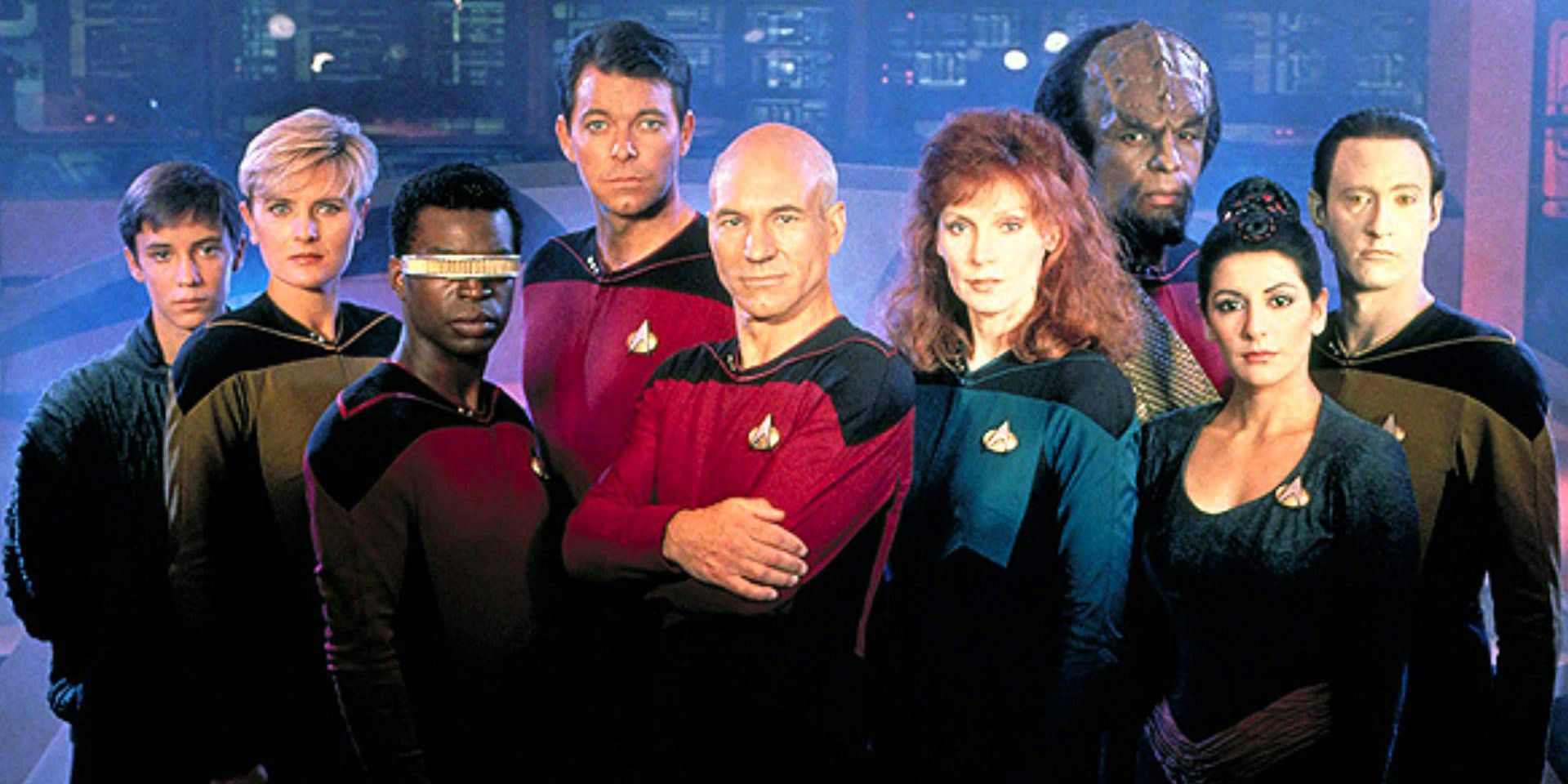
When discussing a particular incarnation of Star Trek, the topic typically turns to that generation's main crew. There is little doubt that the core cast of any given Star Trek series or movie is what ultimately makes or breaks it in the eyes of the fans. That said, the mission to boldly go where no one has gone before isn't just about the few people sitting on a starship's bridge, talking to each other as they hurdle through space. Those who often get overlooked are not only the peripheral crew members on a Star Trek ship or station, but the various other people and aliens that the main cast interact with, befriend, and/or do battle against.
Across its seven television seasons and four feature films, Star Trek: The Next Generation introduced dozens of new characters beyond the ones who made their debut in the show's first season. While there was also the typical army of forgettable red-shirted ensigns and countless aliens who served no other purpose than to be phaser-fodder, a sizable number of later character additions to the TNG branch of the Star Trek universe made a significant impact on its direction-- some for the better, and some for the worse.
Before we dive in, a quick note about the criteria used for this list. To be considered a "new addition," the character had to make their debut no earlier than the second season of the show and couldn't have been in the first TNG movie, Generations.
Here are 10 New Character Additions That Hurt Star Trek: TNG (And 10 That Saved It).
20 Hurt: Katherine Pulaski
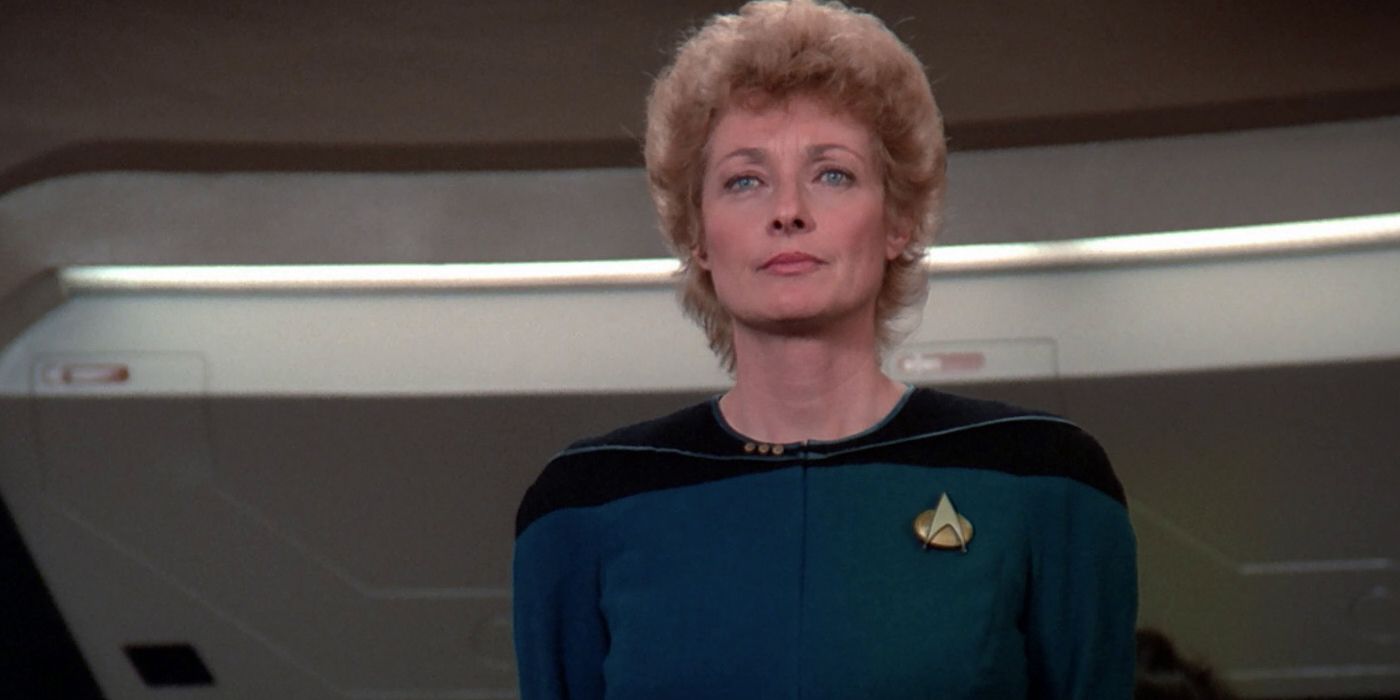
Might as well get an obvious one out of the way right off the bat here. When you ask a TNG fan which characters they hated the most, you might not even be able to finish actually asking the question before they blurt out "Dr. Pulaski!"
To be fair, Katherine Pulaski faced an impossible battle in winning over fans as she was the replacement for the already-beloved Dr. Crusher, who left the show following Gates McFadden's contentious departure in season one. Maybe Pulaski's actor-- Diana Muldaur-- and TNG's writers knew this, and didn't bother trying to make her a remotely likable character. It's not an exaggeration to say that TNG's future may have been in question had Dr. Crusher not returned to relieve Dr. Pulaski of her duties shortly thereafter.
19 Saved: K'Ehleyr
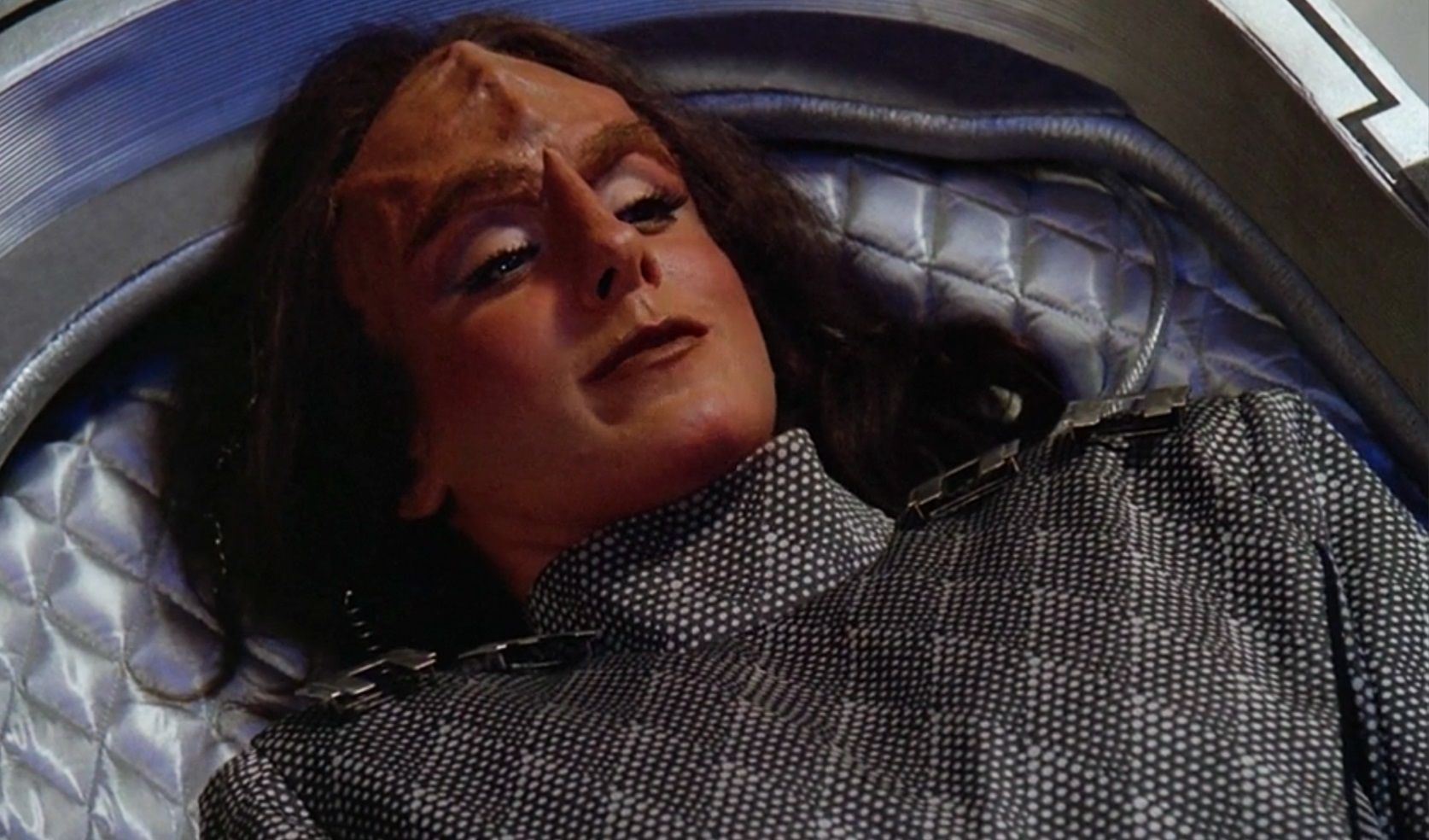
Going all the way back to Spock, Star Trek has always loved mixed-species characters, allowing for conflict between their human half and their whatever-half. TNG waded into this territory several times, but the first major example of this was the half-Klingon/half-human K'Ehleyr.
Even though she only got three episodes before she was finished off, K'Ehleyr left a lasting impact on TNG.
As K'Ehleyr tended to largely favor her human side-- especially in her sense of humor-- she was often at odds with Worf as the two attempted a romantic relationship. Not only was this dynamic enjoyable to watch as it happened, but it also helped to humanize Worf in a way that made him a more complex character going forward.
18 Hurt: Shinzon
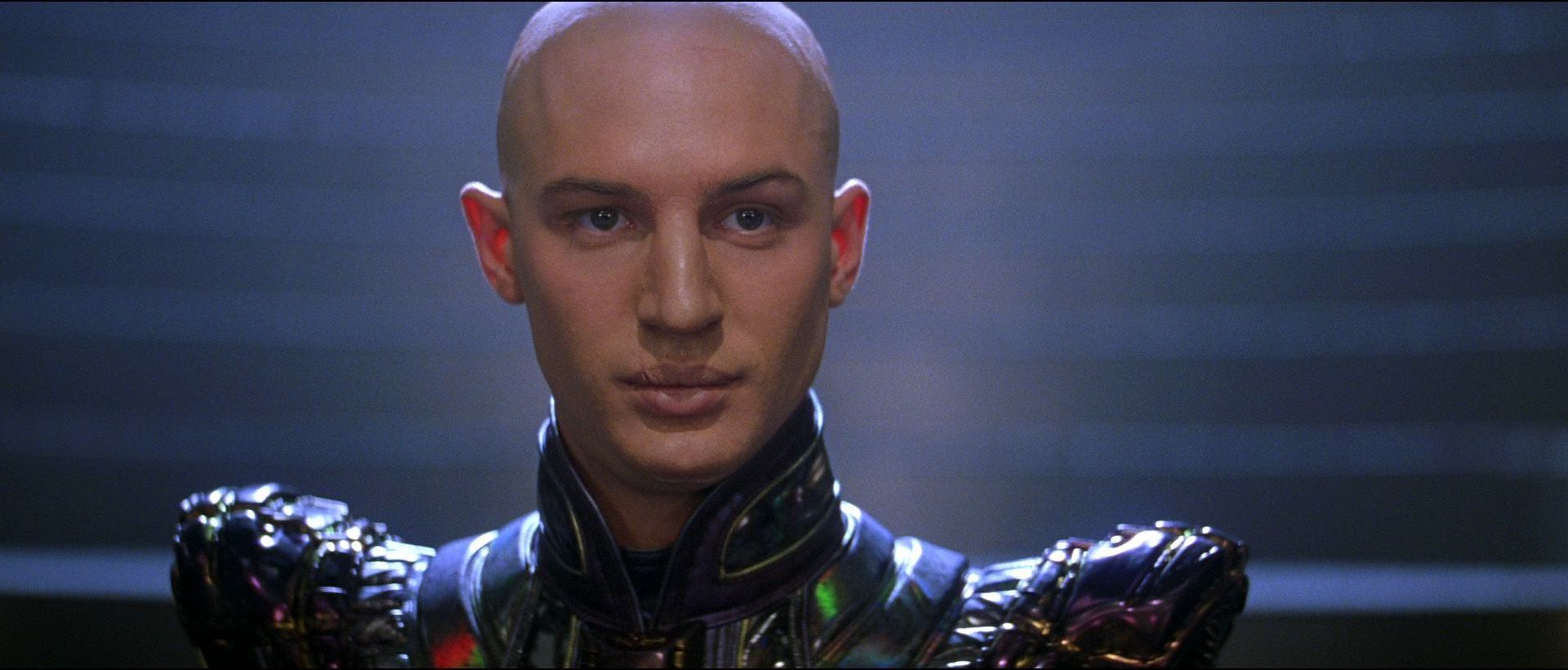
Unfortunately, the TNG movie run ended on its worst film-- and one of the worst Star Trek movies, period-- Nemesis.
Based around the idea that there was a younger clone of Captain Picard, Nemesis tried to build a complex game of wits between Picard and his doppelganger but everything just came off as groan-inducing-- not helped by the wooden performance of Tom Hardy, who played Shinzon, the Picard double. Not only did he not look anything like a young Patrick Stewart, he didn't have the acting chops back then, either. It would seem Hardy needed a few more years with which to hone his talents.
17 Saved: Commander Tomalak
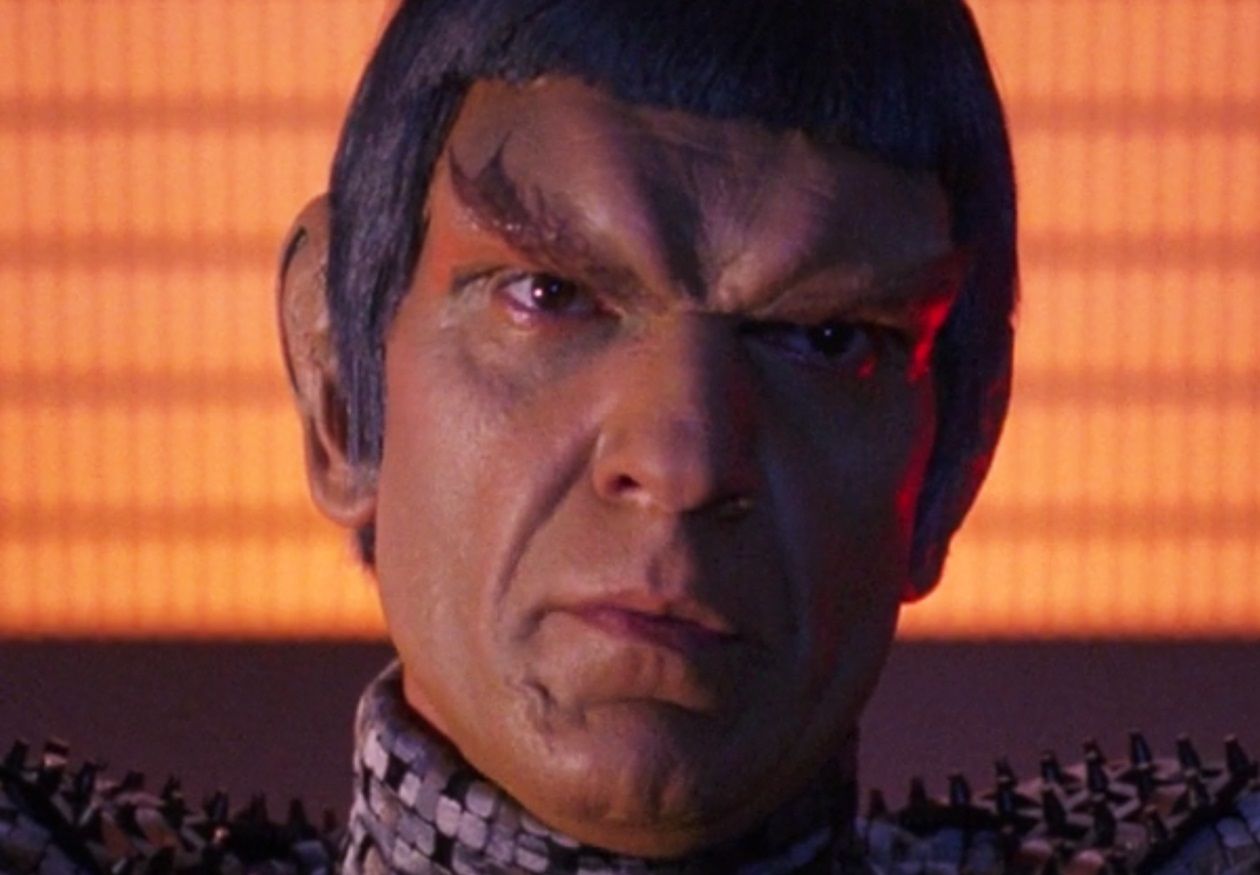
With longtime Star Trek antagonists the Klingons being friendly to the Federation in TNG, the writers needed to shift focus to some of the other alien species that were at odds with humankind. Beyond the introduction of the Borg, TNG also leaned heavily on the Romulans as a Big Bad.
One of the most compelling figures on the show was Commander Tomalak.
Tomalak was deliciously conniving, even for a Romulan, and was behind a number of key negative events both during TNG's actual run and in the backstory that preceded it. Despite only appearing in four episodes, he was nonetheless a standout villain from his season three introduction until his appearance in the series finale, the latter of which was indicative of his importance to the TNG mythos.
16 Hurt: Alynna Nechayev
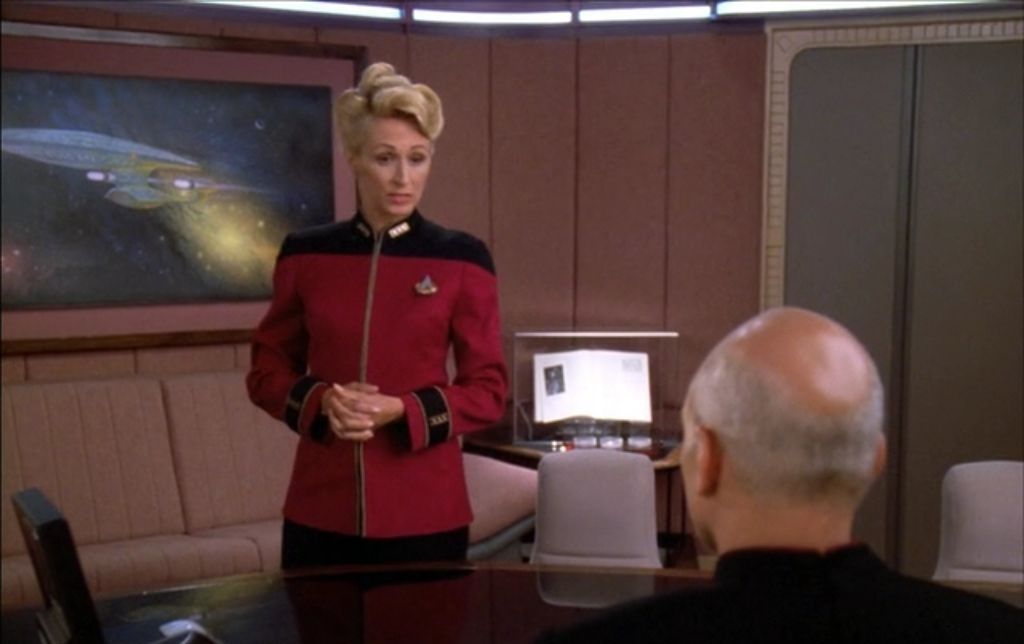
To be fair, there are characters that are designed to be hated. That's their function within a particular narrative universe. There is still a fine line between being evil in a good way-- like Commander Tomalak-- and just being too annoying to even enjoy on that "love to hate" level.
Admiral Alynna Nechayev was hard to buy as a Federation Admiral. We get the impression that the world of Star Trek is largely harmonious, and the Federation is built on respect and teamwork. To have someone as mean-spirited, pushy, and just generally unlikable as Admirable Nechayev rise through the ranks to one of the Federation's highest levels just doesn't seem to make much sense. As Picard himself proves, you can do your job and command limitless respect without being cruel to your subordinates.
15 Saved: Commander Sela
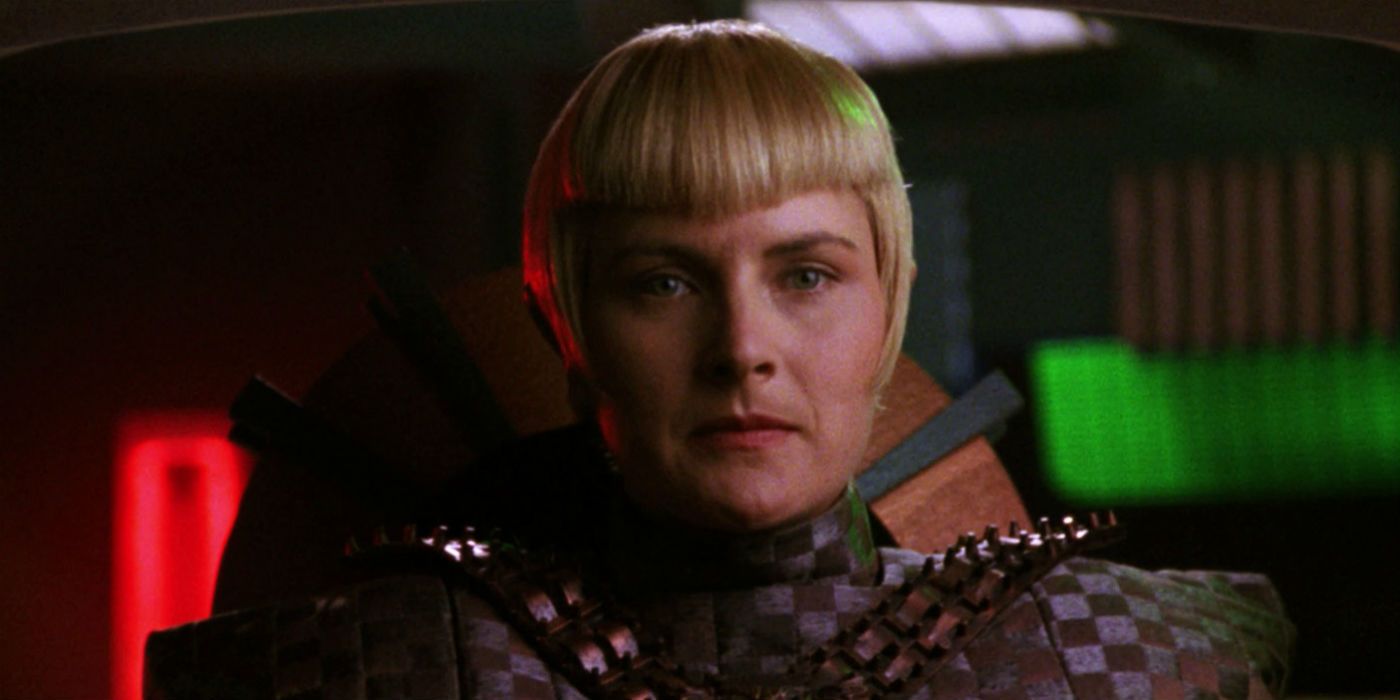
Tasha Yar, played by actor Denise Crosby, was infamously never given enough to do on TNG. Crosby rightfully grew frustrated at how little material the writers were giving Yar and was the first prominent cast member to leave the show and mostly stay gone. It's a shame, because Yar had the potential to be a significant TNG character, and Crosby had the chops to pull it off.
Fortunately, Crosby got the chance to play a different and extremely interesting character within the TNG universe named Sela, a commander in the Romulan army who was the offspring of a Romulan officer and an alternate-timeline Tasha Yar. Crosby played Sela for four episodes (one just in voiceover) and her character arc was extremely well-received by fans. Crosby got to do something of substance on TNG after all.
14 Hurt: Keiko O'Brien
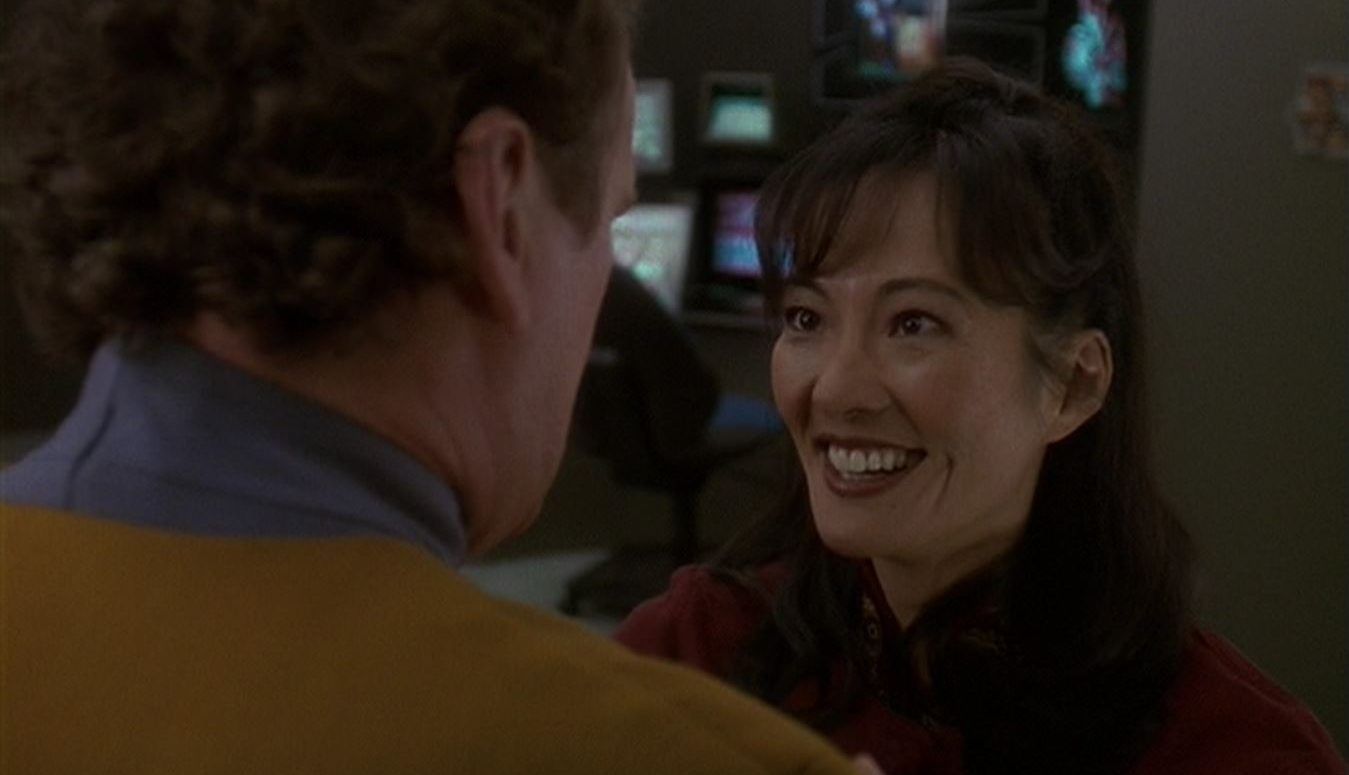
In the case of Keiko O'Brien, it may be tough to argue that she "hurt" TNG or Star Trek in general when she not only had a sizable stint on TNG but went on to also be a recurring character on Deep Space Nine and appear in over two dozen Star Trek novels.
Keiko didn't really have much of significance to do in the series.
It's a struggle to come up with any compelling reasons why Keiko needed to exist-- and to outlast her husband Miles' presence on TNG-- other than to make people roll their eyes every time she was on screen.
13 Saved: Kurn
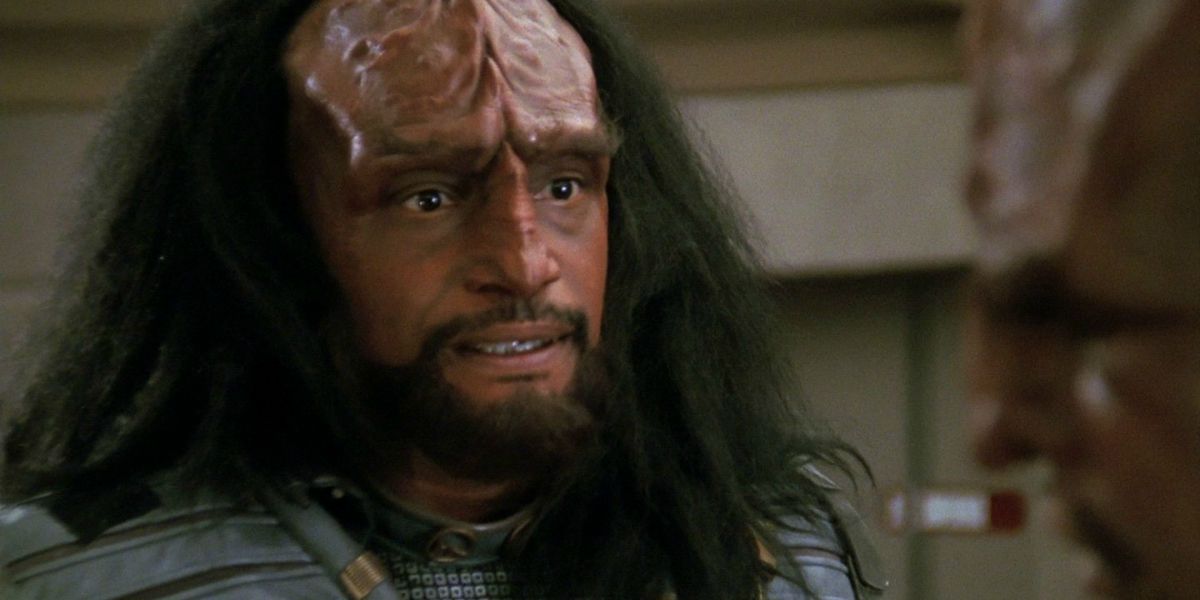
The Klingons were kind of the special sauce of TNG, being more significant to the events of that particular part of the Star Trek universe than maybe any single alien race was to any other single Star Trek offshoot. In fact, with one notable exception-- which we will be getting to later-- the Klingons' presence on TNG was almost universally positive from the standpoint of compelling narrative.
Worf's higher-ranking younger brother Kurn also brought a welcome empathy to the Klingons, displaying a level of emotion not typically associated with the no-nonsense race. In fact, Kurn even cries at one point, the only Klingon ever to be seen doing so. This is especially significant because Spock once claimed that Klingons lacked that ability.
12 Hurt: Anij
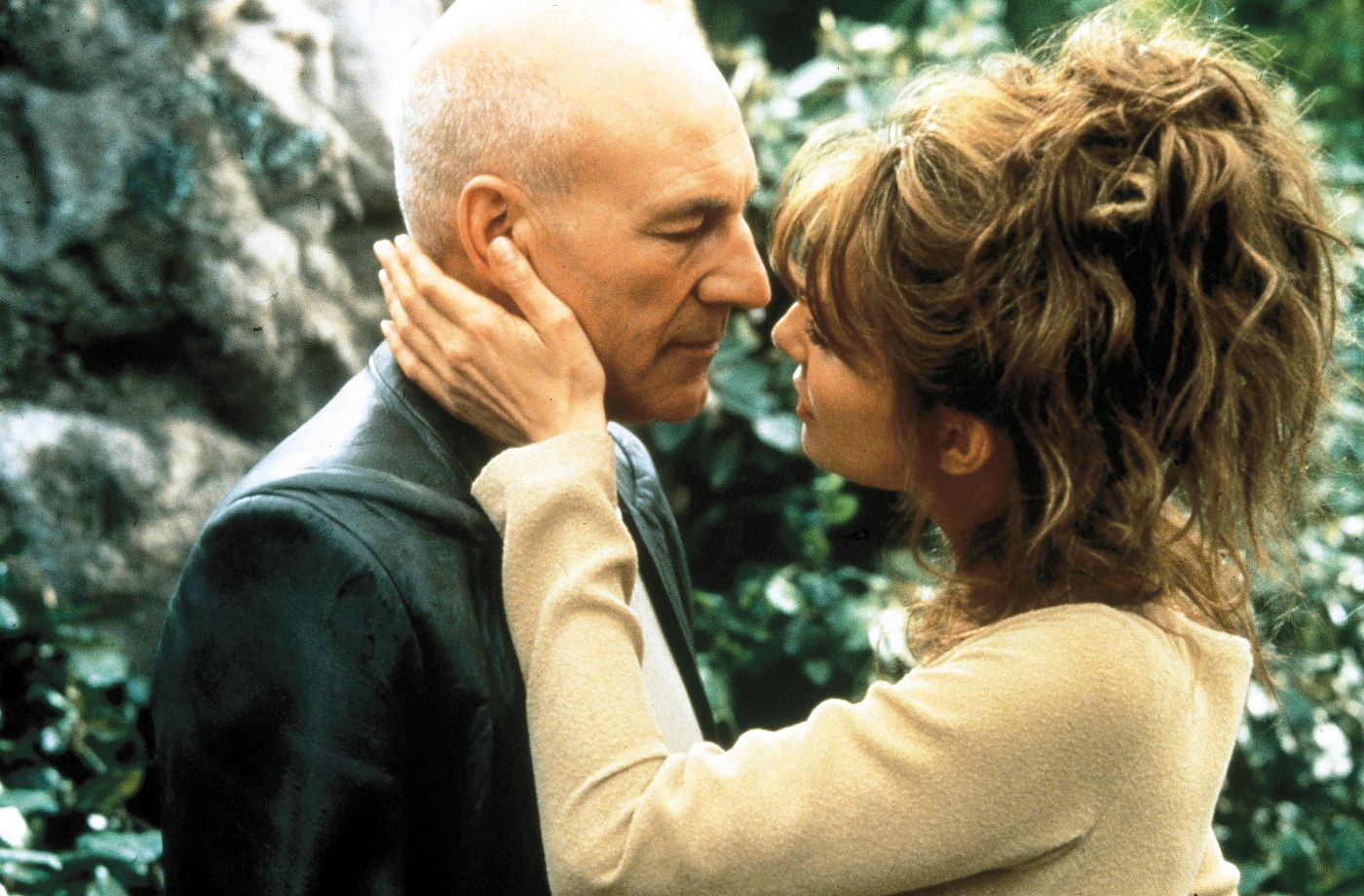
There were several legitimate reasons why Captain Picard and Dr. Crusher never officially began a relationship during the events of TNG, but the most important one is the one that makes the most sense, especially for Picard: it is against Starfleet regulation for a superior to have a romantic relationship with a subordinate. Never mind the fact that this rule has been broken repeatedly throughout Star Trek lore-- Picard is just that committed to his position.
When Picard and Crusher finally seemed to call off their will-they-or-won't-they tension for good, it happened right around the time of Insurrection, the third TNG movie, where Picard has a love subplot with a Ba'ku named Anij. It all just felt disingenuous to Picard's feelings for Crusher, and to his personality as a whole.
11 Saved: Ro Laren
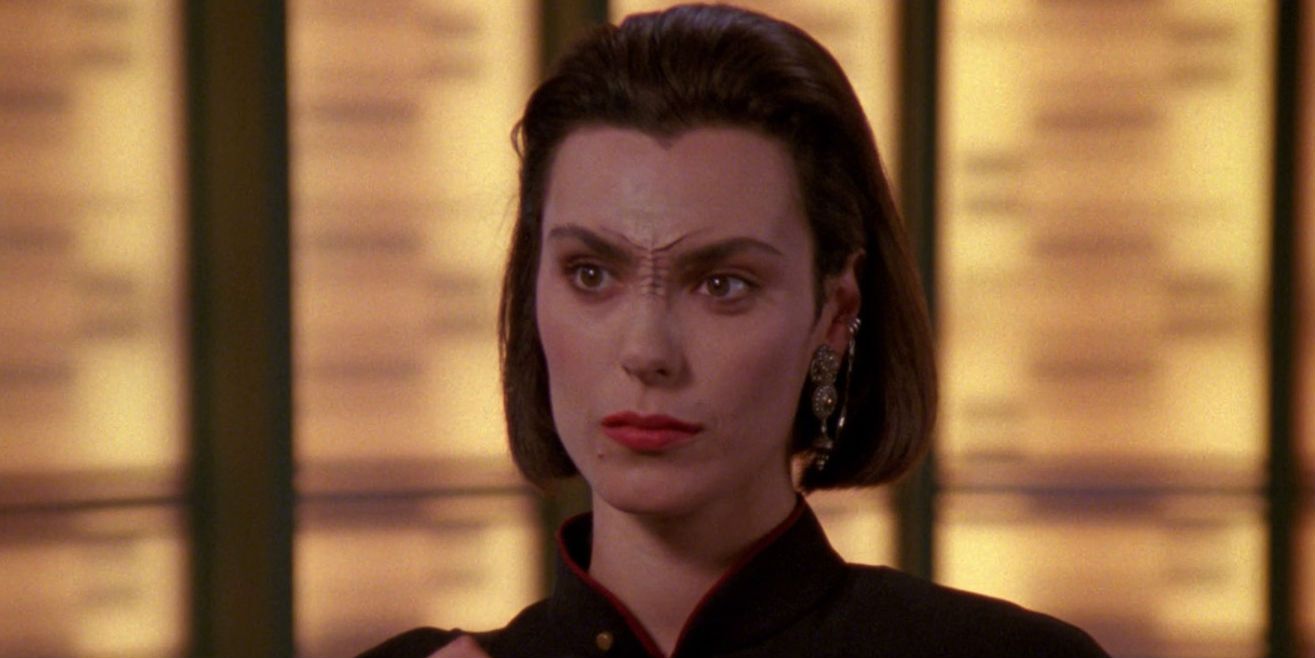
It's hard to overstate how important Ro Laren's introduction was to 1990s Star Trek, as she was the first glimpse of the entire Bajoran species which would go on to play a major role in Deep Space Nine.
Beyond being the first member of a new species to appear, Ro Laren was among the most popular recurring characters in TNG history.
A mainstay in seasons five through seven, Ro had key relationships with both Picard and Riker, and her betrayal of the Enterprise and its crew remains one of TNG's most memorable moments. It was also the introduction of actor Michelle Forbes to the world of sci-fi, which she followed up with memorable turns on Battlestar Galactica and Orphan Black.
10 Hurt: Mot
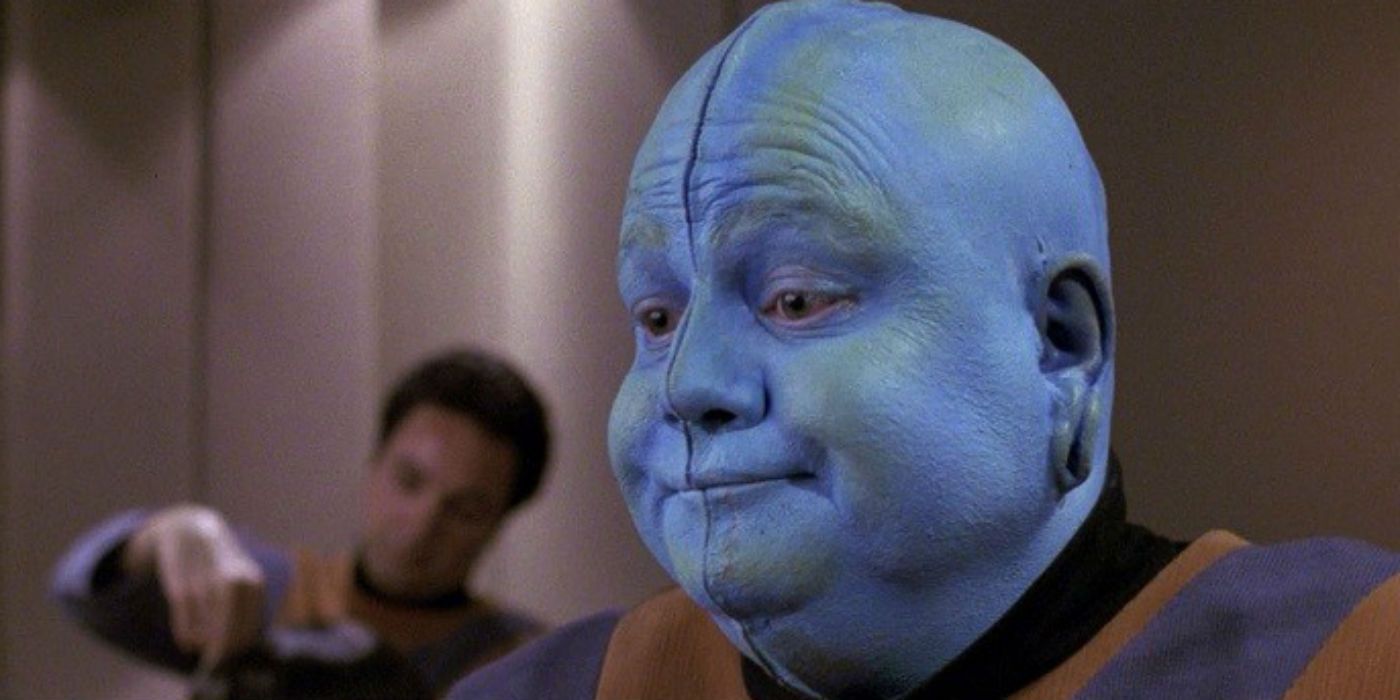
Obviously the Enterprise needs to be something of a floating city that can meet all its crewmembers basic needs for many, many years. There are even jobs on board might not even occur to us, such as having people on board who can cut hair. There are also things that are best left "off-screen," so to speak.
A sassy, gossiping, unwanted advice-offering barber seems a little too cliche for Star Trek.
Mot always felt out of place on TNG. Some fans have argued that Mot dispenses valuable, important device, but there must to be better ways to do that than a goofy character fulfilling that role. As a matter of fact.
9 Saved: Guinan
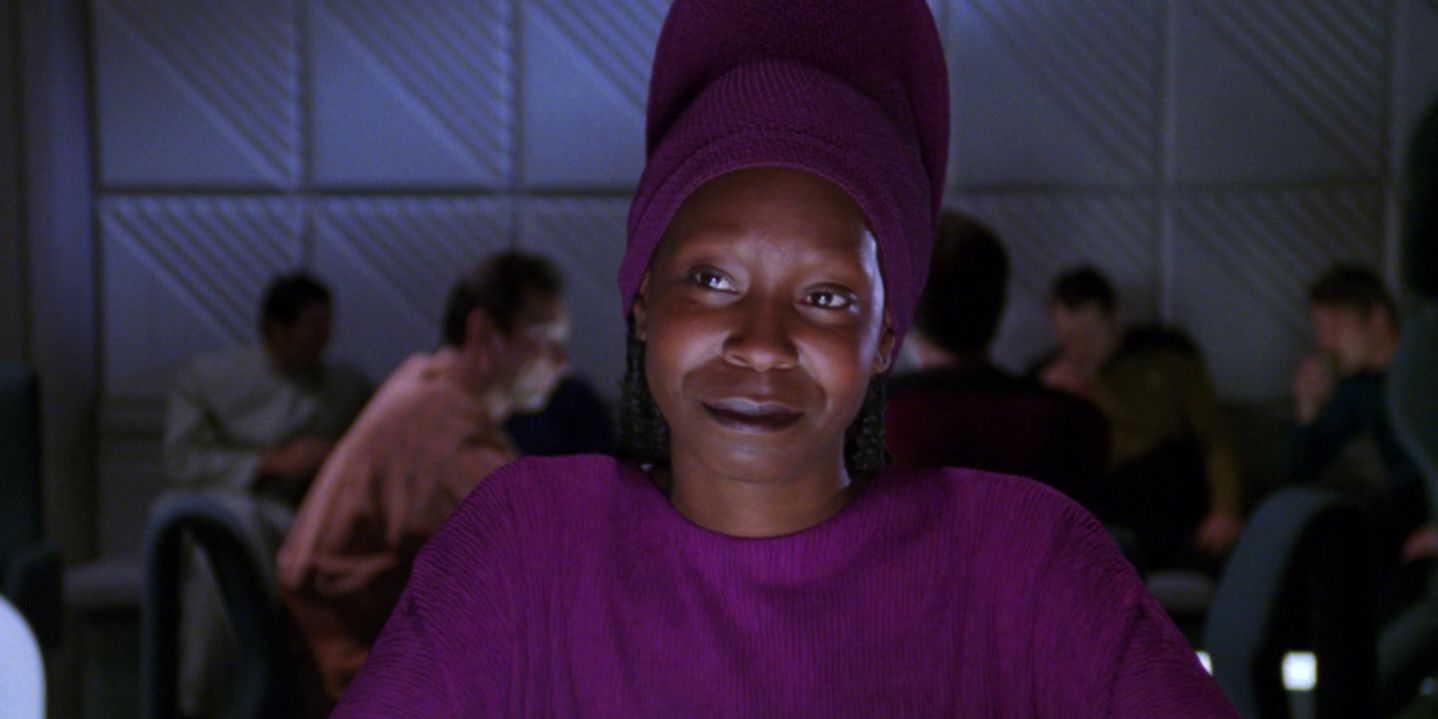
Whoopi Goldberg was by far the most recognizable actor on TNG-- recurring or otherwise-- at the time the show aired. Already an established actor and comedian, Goldberg's turn on TNG was especially surprising given how often her Guinan showed up. Most assumed it would likely be a one-off cameo.
Guinan served many purposes on TNG: mystic, sage, advice-giver, and exposition provider. At times when some explanation was required to deliver to the audience, Guinan often served that function perfectly, by way of her telling the characters on the show the necessary information, which relays it to us by proxy. Also, she once stabbed Q with a fork-- what other evidence do you need for great Guinan is?
8 Hurt: Q2

Perhaps the most noteworthy thing about the TNG episode "Deja Q" is the moment when an exasperated Captain Picard puts his palm over his face, spawning one of the most recognizable memes of all time.
It's also one of the better-liked episodes of the series, showing ongoing antagonist Q in his most complex, sympathetic appearance ever. Unfortunately, the plot necessitated the introduction of Q2, played by Corbin Bernsen, another being from the Q Continuum.
We always knew there were other "Qs," but something about only seeing one of them made him more effective.
Q2 just came off as annoying, and not in a fun way like the original Q.
7 Saved: Gowron
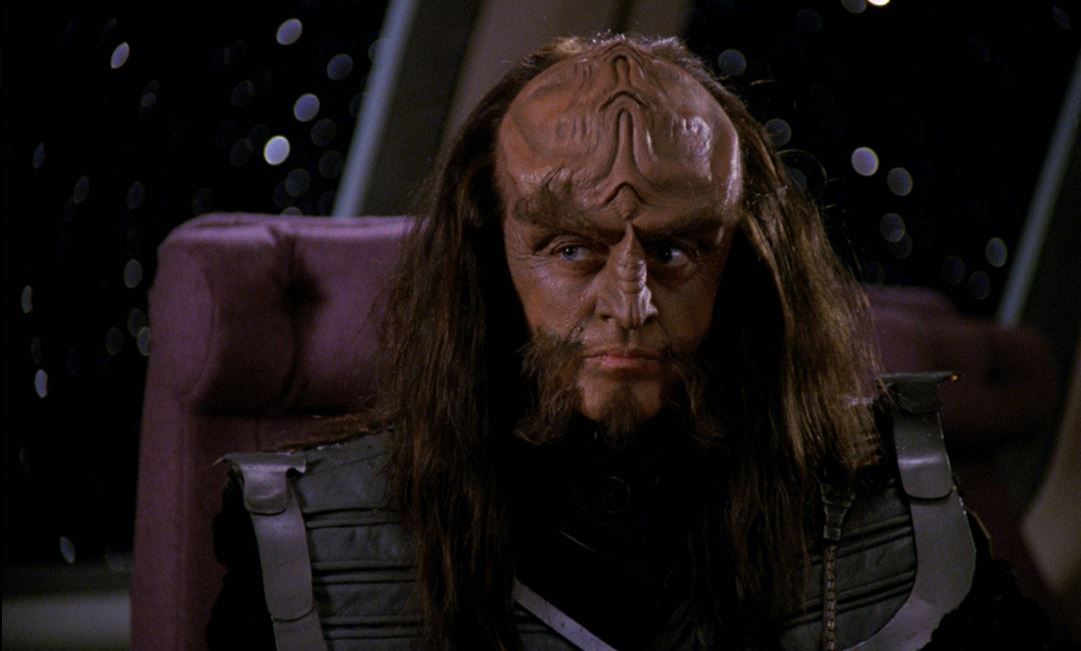
Unlike the other Klingons that are on this list for positive reasons, Gowron is included because he was a great example of the struggles of the Klingon race to reconcile their old, proud, warlike ways and their new allegiance with the Federation.
Throughout his appearances on TNG and then Deep Space Nine, Gowron would often find himself switching "sides" due to his internal conflicts over being a proud Klingon and being friendly to Federation aims. Sadly, he later found himself manipulated by a changeling, which led to him committing some of his worst actions. His ultimate felling at Worf's hand-- and Worf subsequently honoring him with a funeral ritual-- was the perfect sendoff for this compelling character.
6 Hurt: The Comic
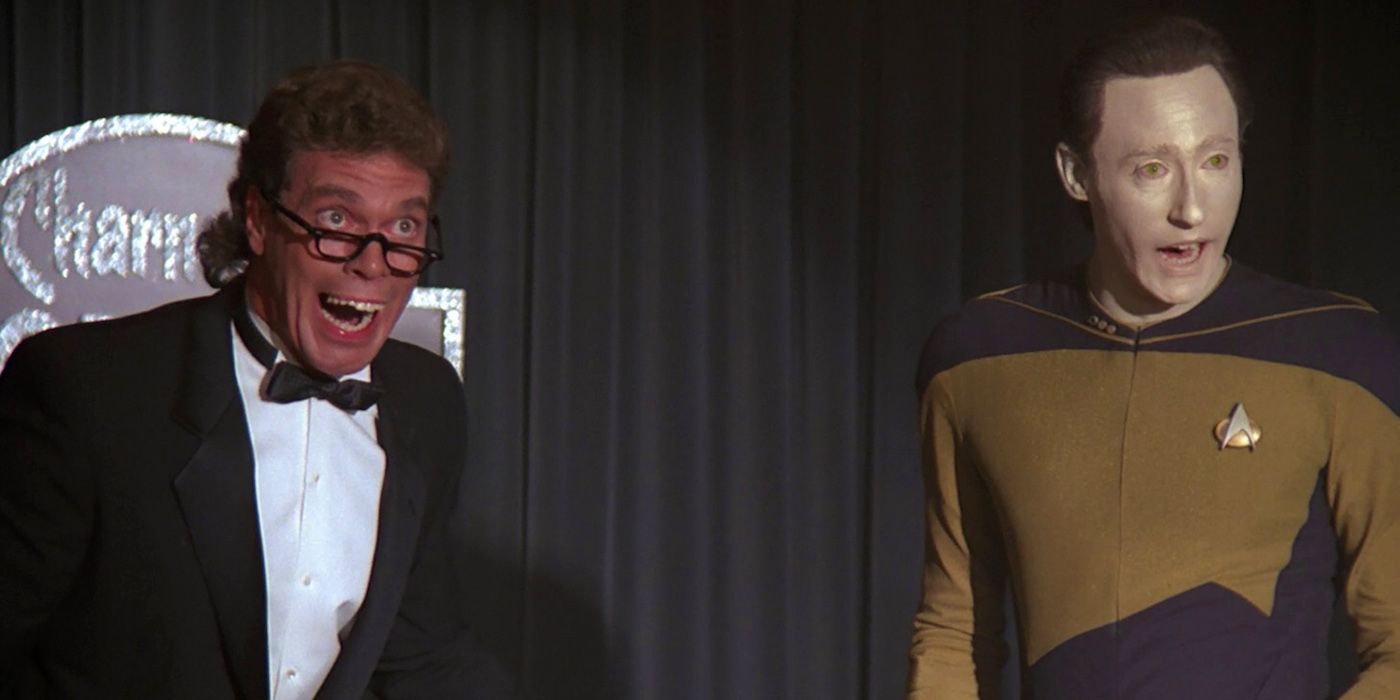
Whenever non-comedy shows try and do straight-up comedy, the results tend to be pretty embarrassing. To be clear, TNG had its fair share of lighter elements and occasionally elicited genuine laughs, but there was one episode in particular where the TNG writers showed just how clueless they were capable of being when it came to funny.
The Comic is definitely another example of a character who was intended to be obnoxious.
That isn't always a good excuse for a character to be irritating. Played by actor and comedian Joe Piscopo, The Comic's function was to teach Data about how to be funny-- which he did via an over-the-top Jerry Lewis impression, complete with false buck teeth. Ha ha?
5 Saved: Alyssa Ogawa
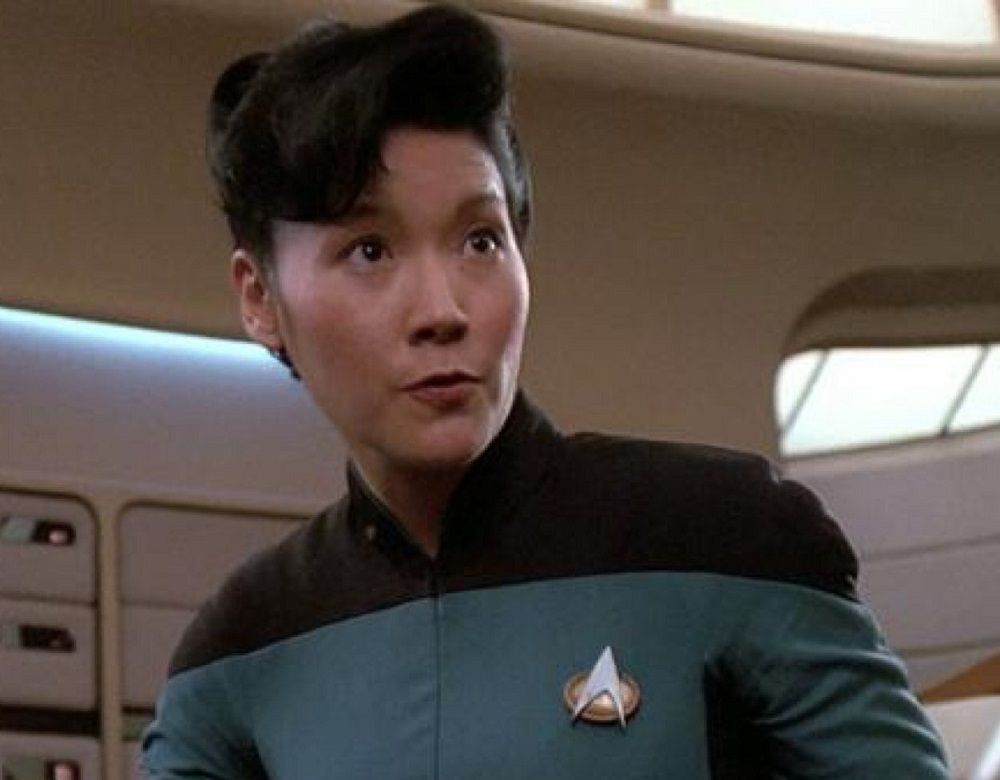
Every ensemble seems to have an unsung member who exists on the fringes and isn't part of the core team, but plays an important, ongoing supporting role. For TNG, that unsung member was definitely nurse Alyssa Ogawa, played by Patti Yasutake.
Nurse Ogawa felt ever-present on TNG, appearing in an impressing 16 episodes and multiple films. Like the best characters in her position, her screen time was always pleasant but never distracting, just integral enough but never feeling unnecessar. Ogawa really did deserve to find a bigger presence on a later iteration of Star Trek-- and Patti Yasutake a larger role somewhere else-- but sadly neither has come to pass.
4 Hurt: Alexander Rozhenko
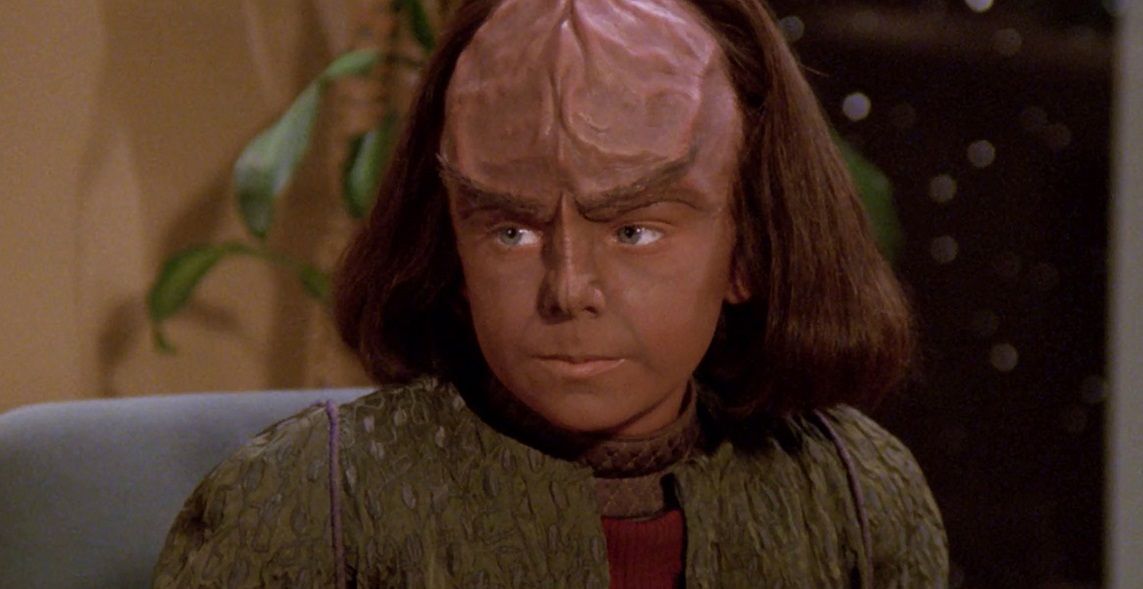
TNG fans knew we'd be getting to little Alexander sooner or later-- and that he wasn't going to be a positive presence on this list. TNG's relationship with child characters was always contentious, but Alexander was especially grating, made all the worse by being the offspring of two of the show's strongest characters.
The child of Worf and K'Ehleyr, Alexander definitely had some big shoes to fill.
Perhaps he would've had a better chance at living up to his family legacy of he didn't lose his mother at a young age and his father wasn't so uninterested in spending time with him. That latter point may be the most damaging aspect of Alexander's presence on TNG. Making Worf into an absentee father seems a bit out of character for the loyal, honorable Klingon.
3 Saved: Moriarty (Hologram)
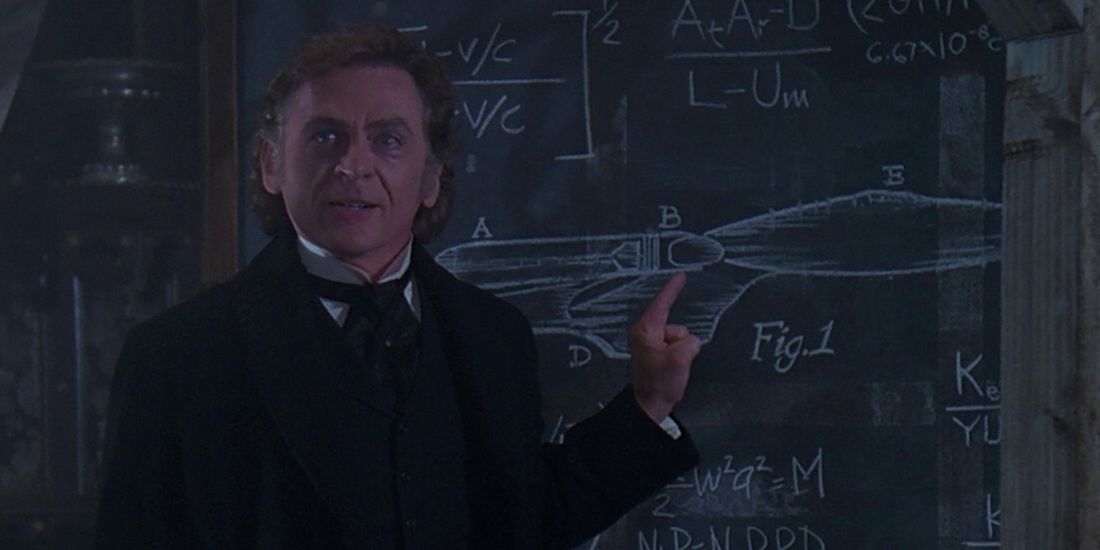
Being both a holodek program and also a pre-existing literary character, the hologram of Professor James Moriarty-- longtime antagonist to Sherlock Holmes-- might seem like he shouldn't be eligible for this list. But Moriarty proved himself a worthy villain n his two appearances on TNG.
True to the character he was based on, Moriarty quickly became aware of the nature of his existence and also figured out how to control the holodeck himself. This set off two fascinating episodes where Moriarty makes a case for why he deserves to exist, pointing out that Data is also a non-living creation but is obviously accepted by the crew as a "person." The TNG's version of Moriarty would later serve as one of the inspirations for Voyager's hologram Doctor.
2 Hurt: Reginald Barclay
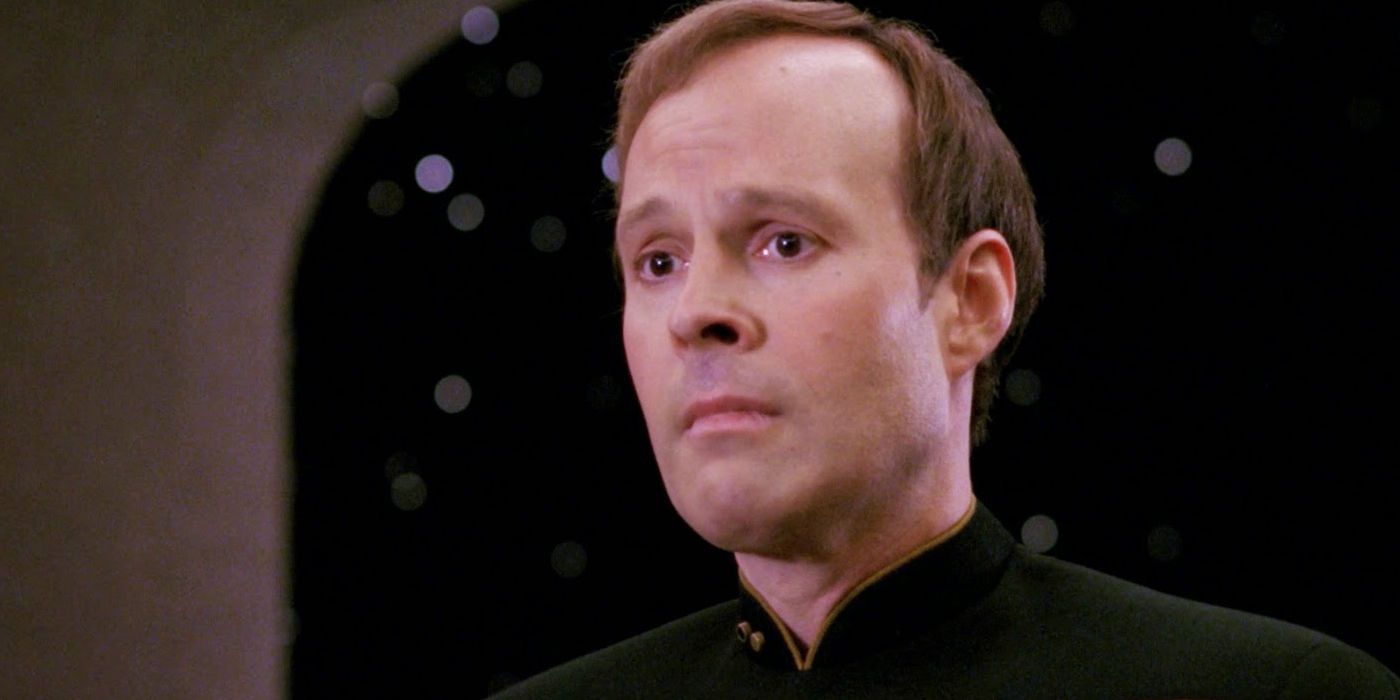
It has been suggested that Reginald Barclay was created as a spoof of nerds-- ironic, given that that was Star Trek's bread and butter. Maybe it would've made more sense if Barclay came off as a loving tribute to the very culture that Star Trek fed off of-- and in many ways, created-- but nothing about Barclay seemed to be complimentary.
Even most of TNG's worst characters had their place on the show and justified their existence in some way.
Barclay, on the other hand, seemed to do nothing but cause problems-- and not the kind that made for interesting conflict in trying to solve them. How he managed to make his way into both the excellent First Contact and also a half-dozen Voyager episodes is a mystery.
1 Saved: Borg Queen
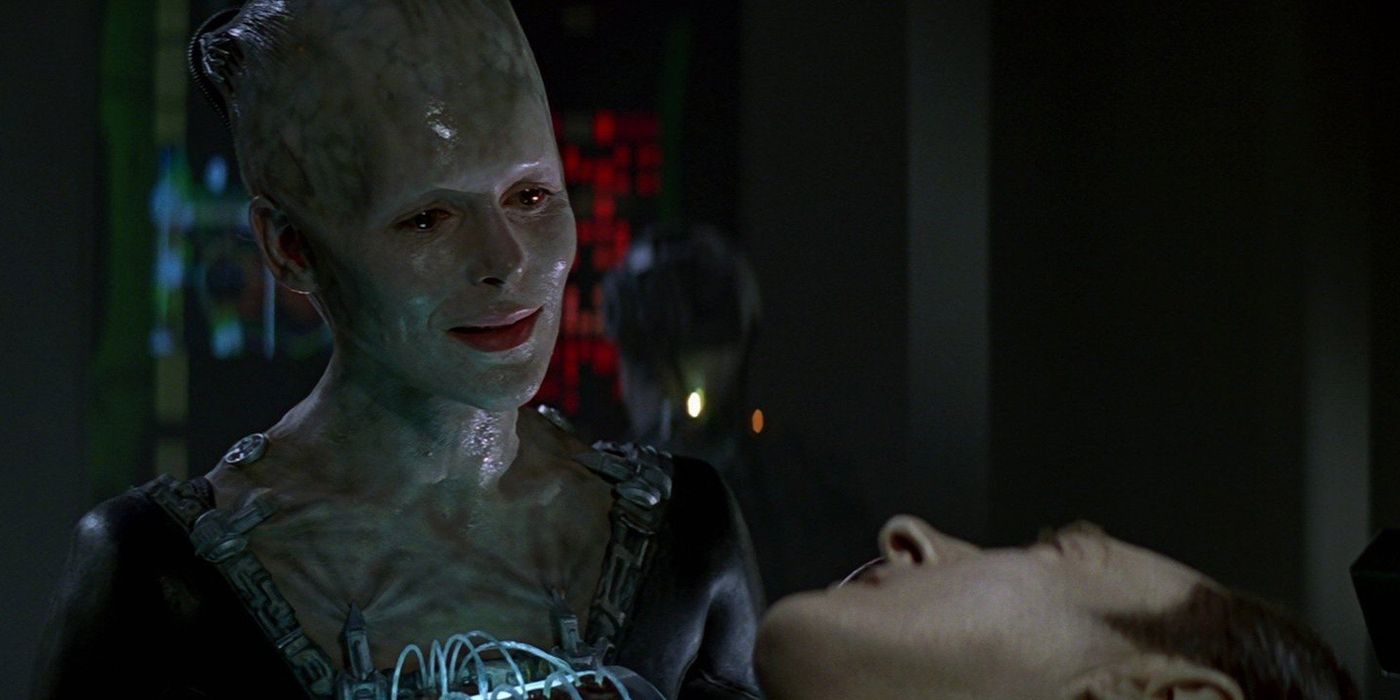
It's interesting that the Borg were originally meant to be little more than a one-off "monster of the week," since the collective ended up being the most compelling antagonists within the TNG branch of Star Trek lore. They were at the heart of some of the greatest episodes of TNG and the focus of the stellar First Contact.
While the Borg were previously seen as a collective hive mind with no real individuality or hierarchy, that all changed when we were introduced to a Borg queen in First Contact. While the existence of such a character seemed to contradict much of what we were told about the Borg prior to First Contact, it was a welcome bit of retconning that made for one of the best villains Star Trek has ever seen.
---
Who's your favorite new addition to Star Trek: The Next Generation? Let us know in the comments!
from ScreenRant - Feed https://ift.tt/2SlnlfS


0 Comments